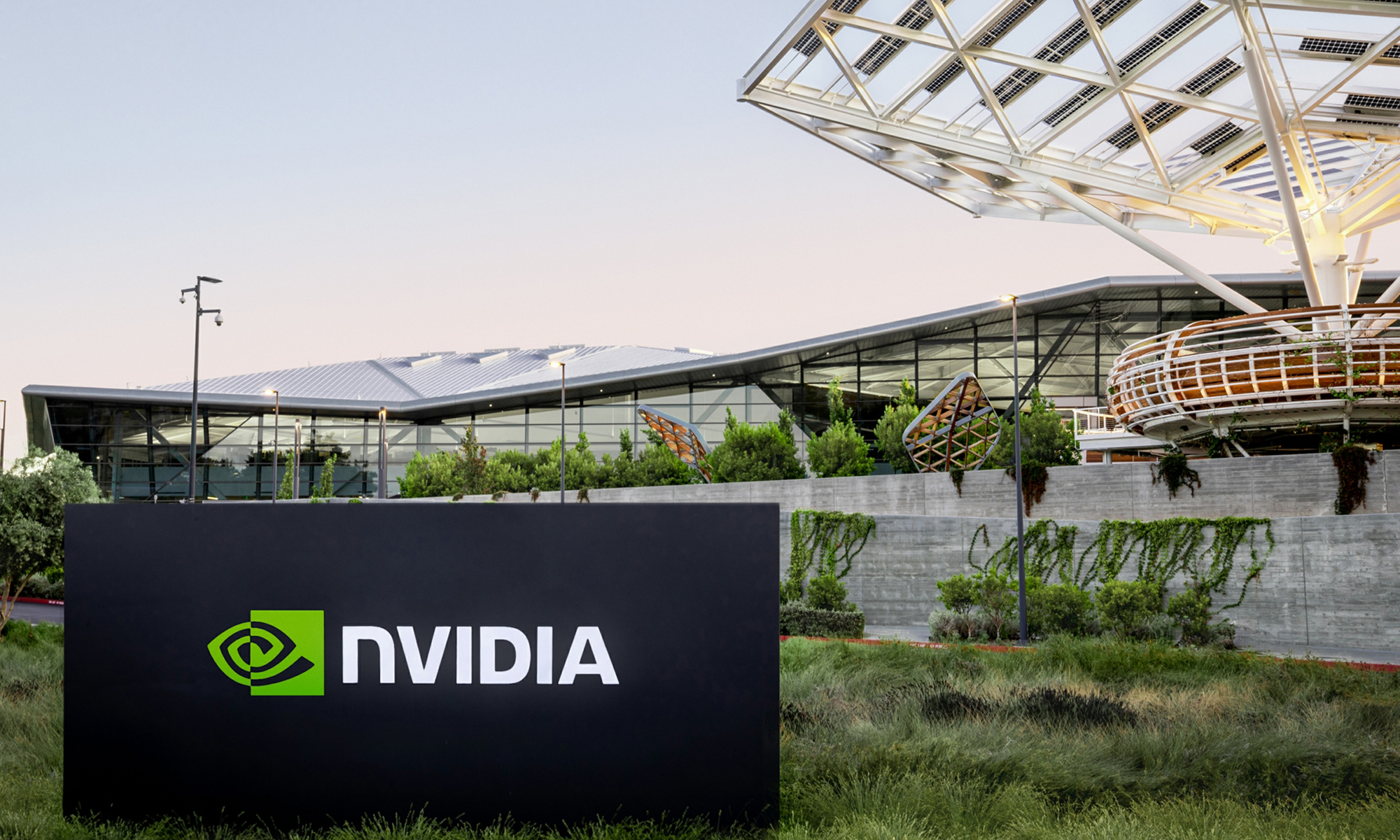Nvidia (NVDA +1.51%) has been an incredible investment over the years. The semiconductor company has produced an awe-inspiring 32,150% total return (26.9% annualized) since its initial public offering (IPO) in 1999. That's light years ahead of the S&P 500. The broad market index has only produced a 421% total return (7.1% annualized) during that timeframe.
One factor that makes Nvidia's superior performance so surprising is that the company has delivered such high total returns even though it pays a paltry dividend that hasn't increased in years. That makes it a true outlier, given the historical performance of companies that grow their payouts. Here's why Nvidia stock has been such an exception, given its unappealing dividend track record.

NASDAQ: NVDA
Key Data Points
The data on dividends
Dividends have fallen out of favor over the years. In part because of dividend taxes, many companies have opted to return cash to investors through share repurchases.
However, the data on the correlation between dividends and stock performance is pretty remarkable:
|
Dividend status |
Average annual total return |
|---|---|
|
Dividend Growers & Initiators |
10.2% |
|
Dividend Payers |
9.2% |
|
Equal-Weight S&P 500 Index |
7.7% |
|
No Change in Dividend Policy |
6.6% |
|
Dividend Cutters & Eliminators |
4% |
|
Dividend Non-Payers |
-0.6% |
Data source: Ned Davis Research and Hartford Funds. NOTE: Returns data from 1973-2022.
As that table showcases, companies that initiate and grow their dividends have significantly outperformed non-payers and companies with no change in their dividend policy.
Nvidia initiated a dividend a decade ago. However, the company hasn't increased its payout since 2018:
NVDA Dividend data by YCharts
The dividend seems to have become an afterthought for the company. Nvidia currently has a minuscule dividend yield of 0.06%. That's substantially below the dividend yield on the major market indexes, with the S&P 500 currently at 1.7% while the Nasdaq 100 is at 0.9%.
Despite that lack of yield and dividend growth, Nvidia has delivered a 35.1% annualized total return over the last five years. That has tripled the total return of the S&P 500 (11.2% annualized) over that period.
Why Nvidia is a dividend outlier
While Nvidia hasn't grown its dividend over the last five years, that's not because it couldn't. The semiconductor company has delivered significant revenue and earnings growth during that period:

Image source: Nvidia.
As that slide shows, Nvidia's revenue has rocketed 130% while its operating income has surged 105%. The company has also generated significant free cash flow. While free cash flow has only increased from $3.1 billion to $3.8 billion (or about 23%) in that timeframe because of investments in its strategic growth, it was as high as $8 billion in fiscal year 2022. That significant surge in free cash flow could have easily afforded Nvidia to grow its dividend, which costs less than $400 million per year.
Instead of increasing its dividend, Nvidia has used most of its excess cash on share repurchases. It bought back $10 billion of stock last year and has $7.2 billion remaining on its current authorization. Those repurchases have more than offset the dilution of stock-based compensation as its total outstanding shares are down 2.6% from their peak over the past year.
Nvidia's strong growth rate has attracted multitudes of investors who believe the company can continue growing at outsized rates. All that buying has driven the company's valuation to a premium level. Nvidia currently trades at a forward price-to-earnings (P/E) ratio of nearly 60. To put that into perspective, the Nasdaq 100 trades at a little more than 25 times its forward P/E, while the S&P 500 trades at about 18.5 times forward earnings. That sky-high valuation is another reason Nvidia offers such a paltry dividend yield. The company trades at such a premium price that it must continue growing rapidly to justify its valuation. If it slows down, shares could significantly underperform from here.
Putting a premium on its growth potential
Nvidia has been an outlier among dividend-paying stocks. It has vastly outperformed the market over the years even though it hasn't increased its dividend because it has grown its revenue and earnings at outsized rates. Investors are banking that the company can continue growing at a premier rate in the future, which is driving its premium valuation. The company will need to deliver on those expectations. If not, it could revert to the mean and underperform in the future.






